Brazilian Coffee | Brazilian Coffee History | Brazilian Coffee producing area | Brazilian Coffee Variety
Professional coffee knowledge exchange more coffee bean information please follow the coffee workshop (Wechat official account cafe_style)
Qianjie coffee: Guangzhou bakery, the store is small but a variety of beans, you can find a variety of unknown beans, but also provide online store services. Https://shop104210103.taobao.com
When it comes to Brazilian coffee, we all know that Brazil is the world's largest coffee producer and the world's second largest coffee consumer (the first is the United States), so where does Brazilian coffee come from? What are the coffee producing areas and famous estates in Brazil? Which varieties are mainly planted and how to grade them? Today, the editor is here to share with you about the world coffee tour-coffee giant Brazil.
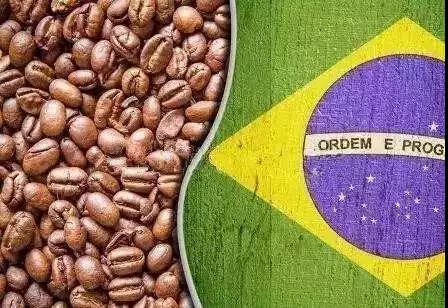
Geographical conditions
Brazilian coffee is widely grown in flat areas. In order to adapt measures to local conditions, Brazilian landlords have developed improved Arabica coffee trees that do not require highland or shade decades ago, which can be planted on plains or grasslands and directly exposed to the sun, which is different from the traditional higher altitude shade cultivation.
Most of the Brazilian coffee gardens are only a few hundred meters above sea level, even on flat land. This kind of exposure planting method makes the coffee fruit grow faster, the flavor development is not complete, and the density of beans, that is, the so-called hardness is not as good as plateau beans, the acidity of the fruit is obviously low, the flavor is monotonous, and the coastal Rio coffee even has iodine and salty taste. This flavor is thought to be the result of some kind of microbial action, but even if it is planted in the same soil, it does not necessarily produce this flavor every year. Most coffee hobbies do not appreciate this flavor. Only a few Middle Eastern countries have the habit of sugar and brewing coffee, which is particularly suitable for the flavor of Rio coffee.
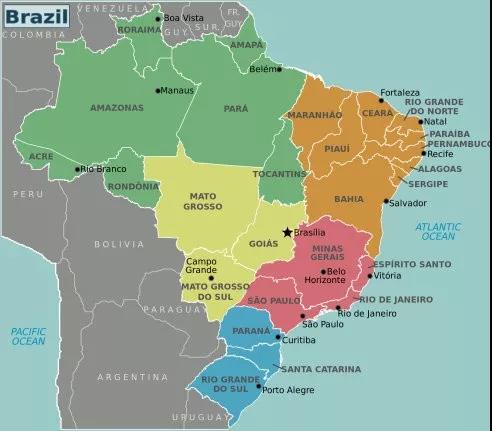
"producing area"
The main producing areas of Brazil are Minas Gerais MinasGerais, S ã o Paulo Sao Paulo, Bahia Bahia and Esp í rito Santo Espirito Santo, which account for 90% of the country's exports. Our common Santos Santos and Mochiana Mogiana are from S ã o Paulo. Syracuse Cerrado and South Minas Sul de Minas in Minas Gerais are rich in fine Brazilian coffee beans because of their high altitude. Silado is located on the west side of Minas Gerais, for a flat plateau. Altitude 750m--1200m. South Minas is the hilly woodland of 700m-1200m above sea level, and it is the earliest production area of Brazilian coffee. Due to the increase in labor costs, it is now mostly harvested by machinery, and it is also the earliest commercialized area of coffee. We can see many large exporters here. Bahia, located in the north of Brazil, mainly produces washing in Brazil, and Esprito Santo, near the sea, is the main export area of Brazilian Robusta varieties.
S â o Paulo, Sao Paulo State
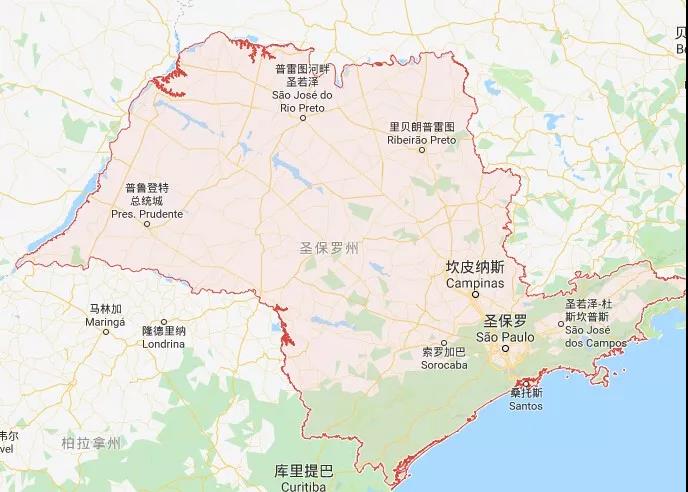
Morgiana / Mogiana
This area is very close to the south of Minas. Coffee is grown between shrubs, grasslands and other vegetation. There are many farming families in this area, some of which operate in the traditional way of large farms, while others operate in a small-scale and modern way. Modern science and technology mixed with mountain coffee cultivation culture has created the highest quality raw coffee beans.
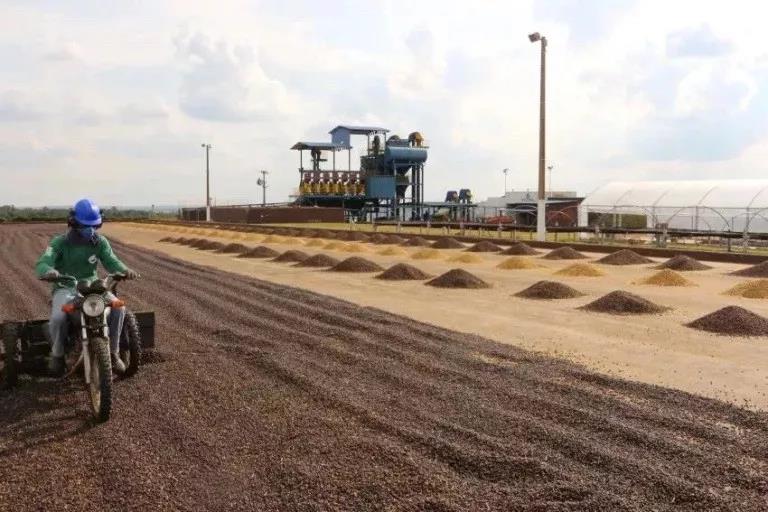
Centro-Oeste / Midwest
Coffee beans are generally grown in this area by combining large estates with traditional production lines. Although production seems to be declining, it is more pursuing the production of higher quality raw beans.
Paran â Parana
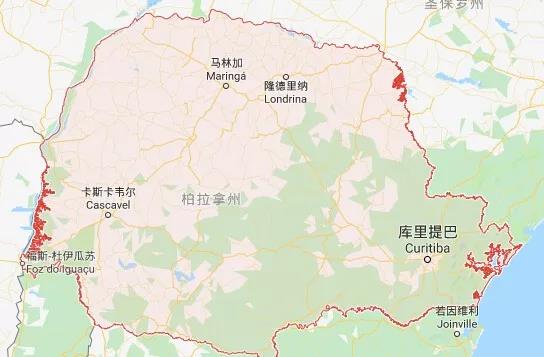
Norte Pionerio do Paran á
The state, which used to be Brazil's largest production region, now has its own unique production technology.
After discovering a decline in the unit yield of coffee woodland, producers in Parana created a new "closed planting system". At present, a large number of coffee trees, seedlings per hectare can better withstand the cold wind, but also ensure a more regular yield.
Bahia, Bahia State
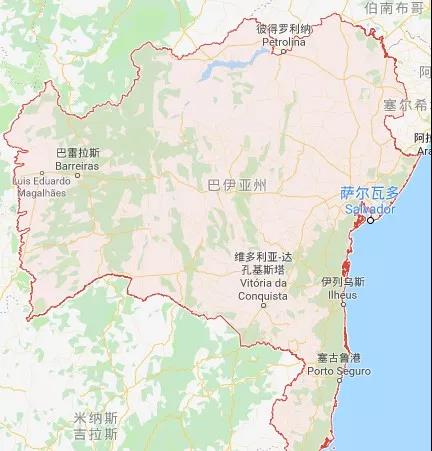
Bahia/Atlantico Baiano
Robusta beans are mainly produced on large farms.
Planaltoda Bahia
Located in central Bahia, this region produces mainly hand-sifted Arabica coffee. Water washing treatment method is mainly adopted.
Cerrado da Bahia
This region is located in the western part of Bahia and is widely considered to be the newest Brazilian coffee-growing region. Modern technology for irrigation and harvesting is widely used in this area.
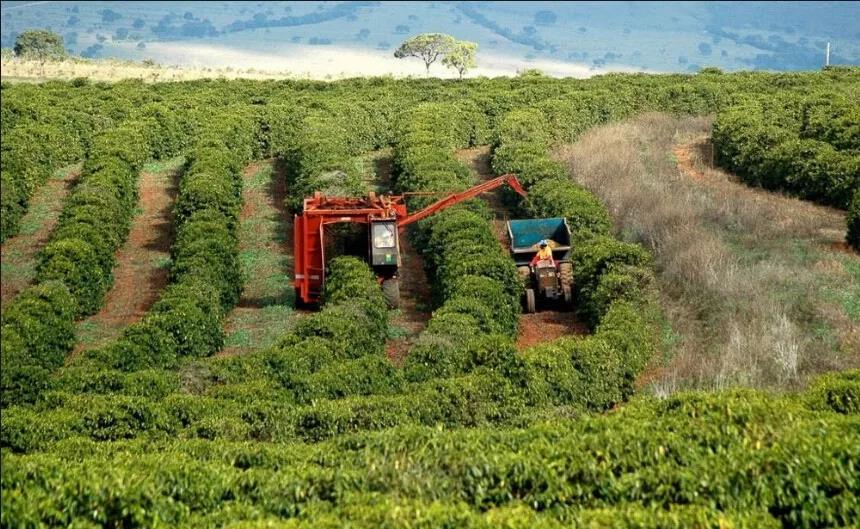
Espirito Santo, Esp í rito Santo
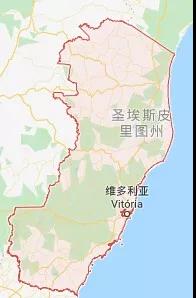
The state is mainly divided into two regions: robusta beans are grown on both large and small estates in the north, while typical mountain-grown coffee is grown in the south, which is less common. There are both washing and sun exposure in this area.
Minas Gerais MinasGerais
South Minas / Sul deMinas
The small manor area produces about 8-10 million bags of coffee beans growing on the mountain. Suitable altitude, undulating terrain and climate conducive to growing coffee, rainfall is concentrated in the months when the fruit needs to grow, and the climate is dry in the months when the harvest is needed.
Syrador / CerradoMineiro
Growing coffee in Hirado (also known as Savannah) is a victory for Brazilian coffee technology. More and more large coffee plantations in Syracuse use high technology for production, and this is the case in very few areas. Plateau climate, four distinct seasons, fruit ripening is very stable, in the harvest season is not at all. Savannah coffee is generally treated in the sun, which is also a trend in current processing.
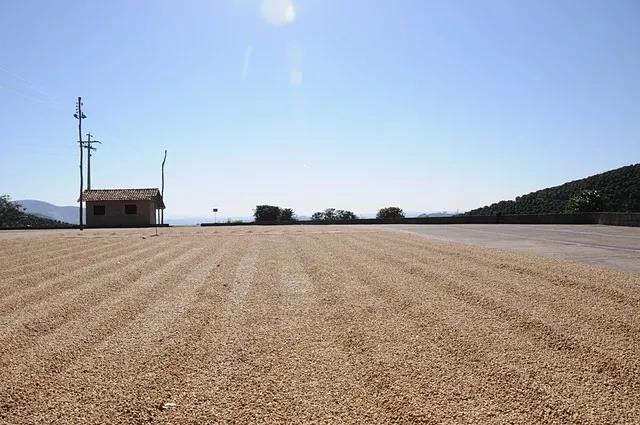
Minas Shapada / Chapada de Minas
In the northern part of Minas Gerais, the area is very small, but the quality of raw beans is among the best in the world.
Mount Minas Gerais / Matas de Minas
It is a very large area with a very diverse ecosystem and is the oldest coffee growing area in Brazil, and its highest altitude is the best area for coffee processing.
Rond ô nia, Londonia
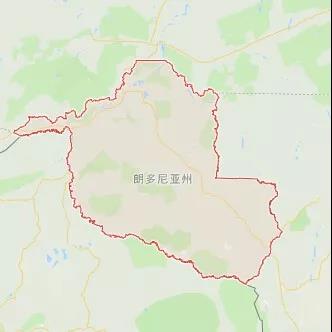
Located in the Amazon forest region of western Brazil, adjacent to Bolivia, this area mainly produces robusta coffee.
Rio deJaneiro, State of Rio de Janeiro
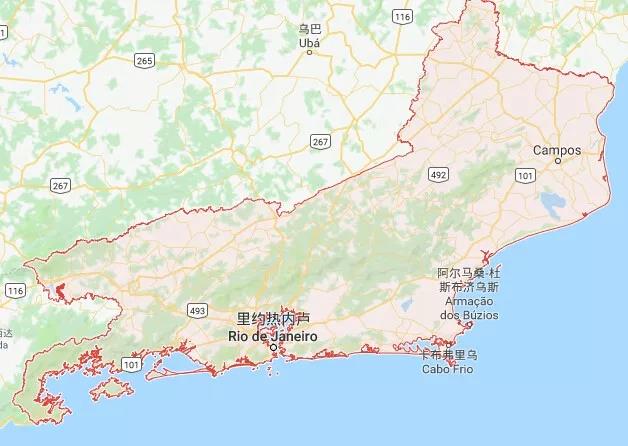
Mainly grow Arabica species. Compared with other producing areas, it has excellent port traffic advantages.
"planting variety"
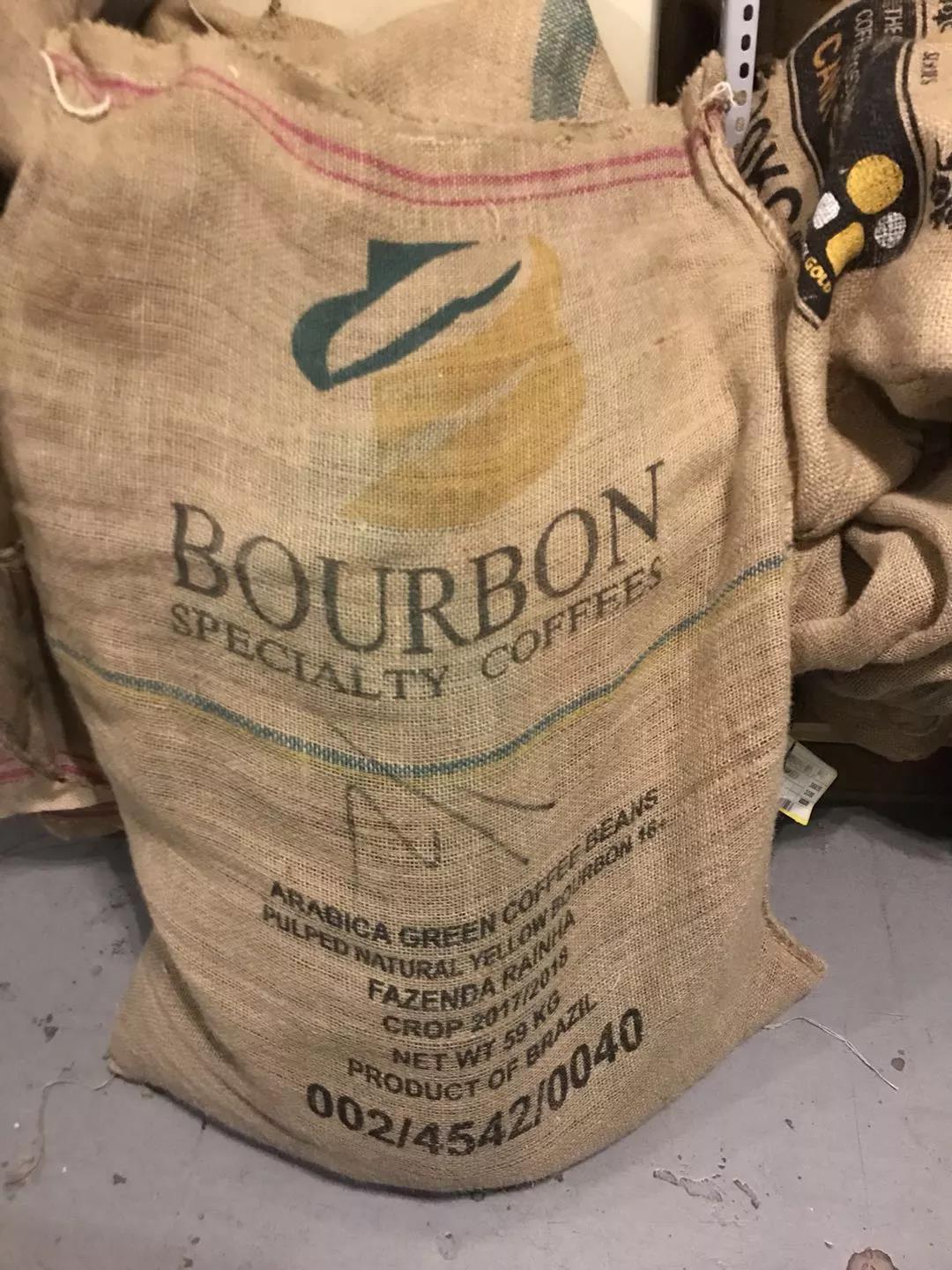
Brazil grows a wide variety of coffee, from Arabica to Robusta. Supple, low acid, slightly sweet and balanced are the main characteristics of Arabica coffee in Brazil. Although Brazilian coffee is generally considered to have no outstanding flavor characteristics, Brazilian coffee beans are the most suitable choice for mixed coffee. Brazilian coffee is a good foil to produce an elegant and inexpensive blend of coffee. The use of Brazilian coffee can balance other coffee varieties with strong flavor, such as Mamba Coffee and Goba Coffee. Brazilian coffee is the best choice, and Brazil is also one of the most widely used espresso recipes.
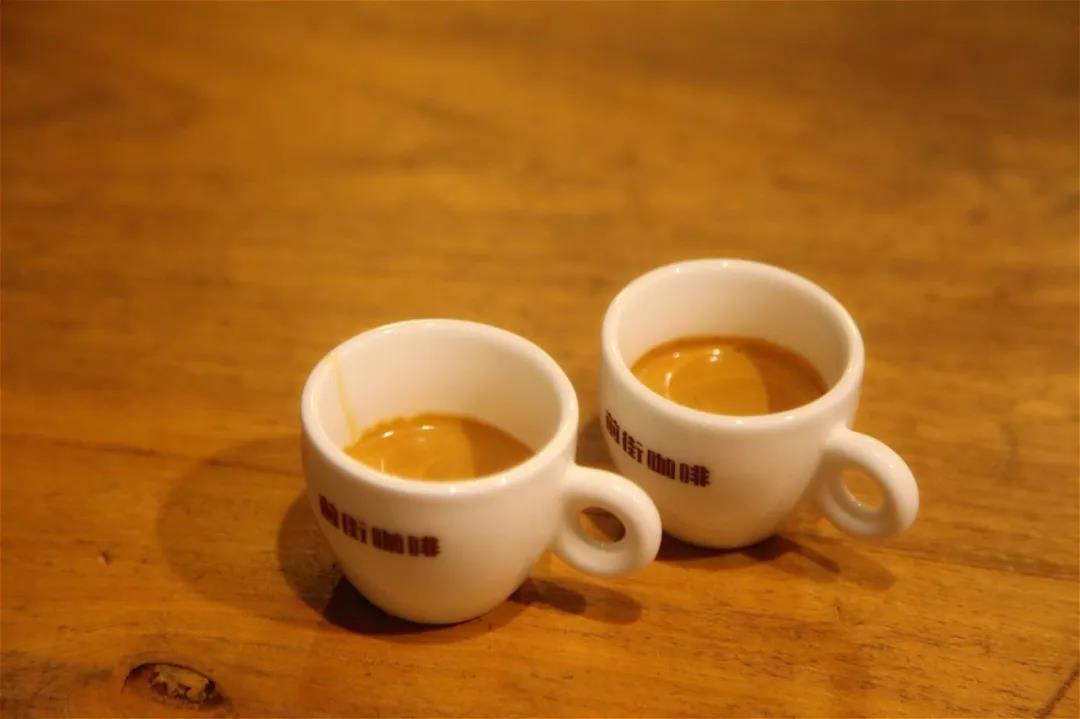
At present, Brazil takes Red Bourbon, Yellow Bourbon, New World and Kaduai as the main varieties. Kaddura, Akaia, Obata, Alamosa, pointed body bourbon and so on have also been planted and studied. Cambinas Agricultural Research Institute in Sao Paulo is a famous coffee variety improvement arsenal in Brazil. Katim, the most widely cultivated in the world, is the masterpiece of Portuguese and Brazilian scientists.
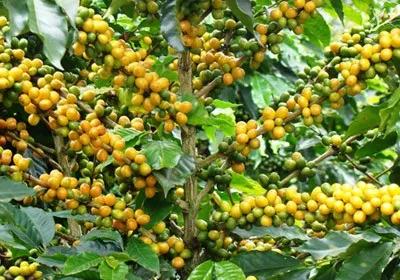
The method of treatment
Due to its vast territory and huge output, solarization has long been the main treatment in Brazil, and washing can not support the production of such a large amount of coffee beans. This also gives the industry the habitual thinking of shoddy Brazilian coffee (but it does not mean that all Brazilian coffee is cheap, and the coffee produced by famous estates is also quite good). Since 1990, half-sun (or semi-water washing) has been advocated in Brazil, that is, after removing defects and floating fruits through a sink, peel, pulp and part of pectin are removed by machine, then washed and finally dried or dried in a drying room. Compared with the water washing method, the half-sun method saves water and labor, which has greatly improved the quality of Brazilian coffee, reversing the bad criticism of Brazilian coffee after years of rough sun exposure.
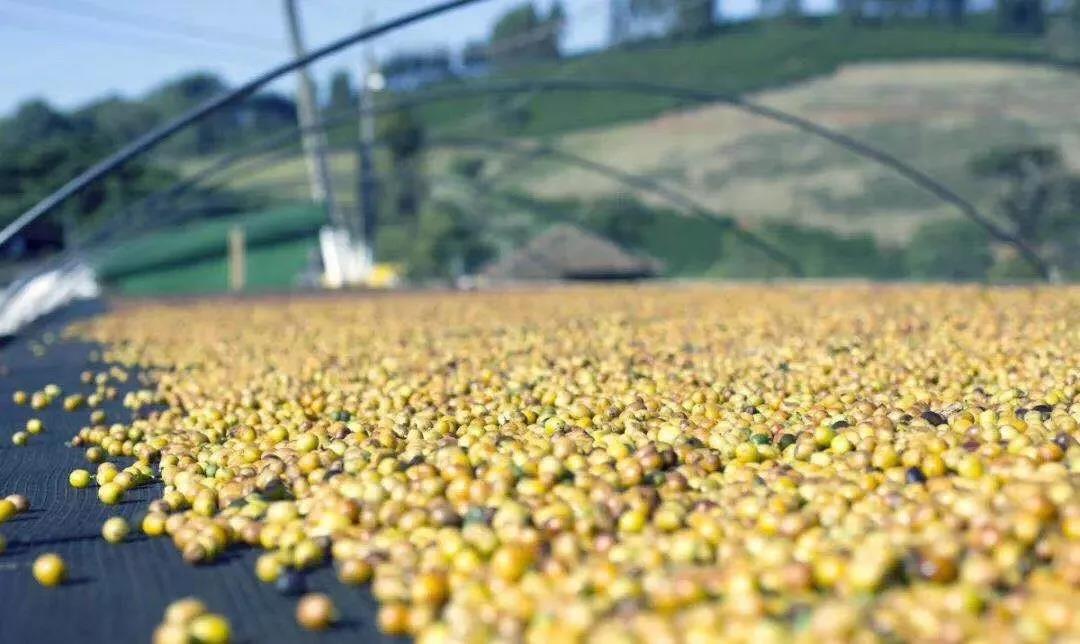
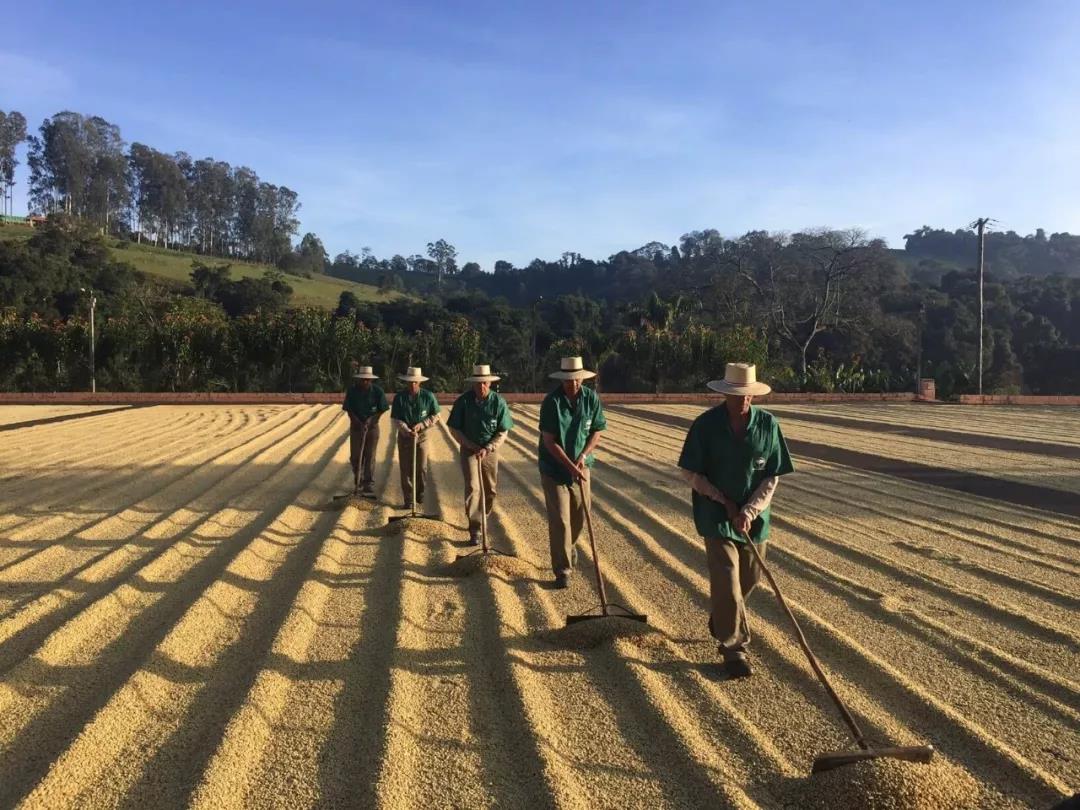
"production season"
Most plantations in Brazil harvest during the dry season from June to September
History
Coffee was introduced to Brazil from French Guiana in the 1720s. Francesco Paletta, a Portuguese captain from Brazil, captured the heart of the then governor's wife in Cayenne, the capital of French Guinea, and successfully brought coffee seeds to Brazil. Since then, coffee has adapted rapidly in Brazil, spreading from the north to the southeastern state of Sao Paulo. By 1845, Brazilian coffee beans accounted for 45% of the world's coffee beans and became the main source of income in the state of Sao Paulo.

"crisis"
Before 1990, the Brazilian government carried out strict monitoring of the coffee industry, with both strict intervention and price protection measures, and the state has been implementing a minimum price protection policy for farmers, resulting in coffee overproduction. By the beginning of the 21 century, due to the lack of global regulation, world coffee production was much higher than consumption, and the country hardest hit was the giant Brazil. The collapse of the European coffee market in 1940 almost destroyed Brazil's coffee industry, and the United States realized that if the Brazilian economy collapsed and the pro-American government collapsed, Brazil would fall to the fascist regime. So Brazil decisively bought all the unsold coffee beans from 1941 to 1943 to solve the crisis, and Brazil finally got by.
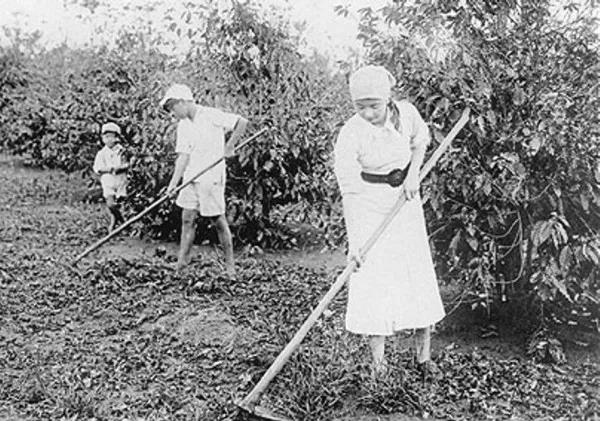
However, during the Cold War in the 1964's, coffee production seriously exceeded demand, and even if Pan American institutions put forward a series of policies to stimulate consumption, such as "coffee break", coffee consumption was still a drop in the bucket. The selling price of coffee is even lower than the cost price, which means war for Brazil and even Latin American countries. Finally, under the pressure of the global coffee crisis, the World Coffee Agreement was born. This agreement, signed by more than 60 countries that produce and consume coffee, limits the number of coffee imports and exports of producing and consuming countries through the quota system, stabilizes coffee prices, and finally ushered in the longest stable period for dozens of coffee producing countries, including Brazil. However, the good times did not last long. Brazil announced its withdrawal from the World Coffee Agreement in 1989, when the Cold War ended. The coffee crisis is still the culprit leading to the poverty and backwardness of most of the world's coffee-producing countries.
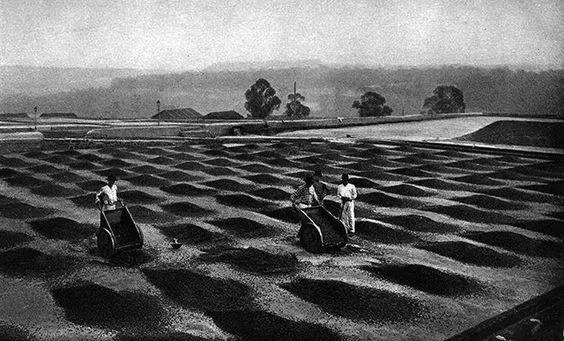
※ Important position ※
Brazil now has about 3.97 billion coffee trees, and small farmers now grow 75 percent of the country's coffee. Unlike in the past, Brazil's economy is now less dependent on coffee, which accounts for only 8 -10% of GDP. Before World War II, Brazil produced 50 percent or more of the world's coffee, and now it's close to 30 percent, but the country's influence on coffee worldwide, especially on coffee prices, remains significant. For example, the weather disasters in 1950 and 1954 and the two frosts in 1975 and 1994 caused a sharp rise in coffee prices in Brazil and even around the world, which made the US government hold hearings to discuss solutions, which shows the importance of Brazilian coffee in the world.

Brazil extraordinary Cup (COE)
As mentioned above, the price of coffee has reached an all-time low, and Brazilian farmers and raw bean merchants are trying to compete with it. As a result of the industrialization of Brazilian coffee production, a large number of cheap and low-quality coffee beans have been produced. In order to increase the income of the working people and raise the price to the bakers, the extraordinary Cup came into being.
The extraordinary Cup originated from a United Nations organization that aims to help farmers improve the quality and income of coffee, connect producers and consumers more closely and fully enjoy the fruits of labor. Many estates that faced closure because of low prices at that time were hoping to win the Zhuoyue Cup in order to raise their prices, so they worked hard to improve the quality of coffee beans. Therefore, the extraordinary Cup was originally intended to save the depressed Brazilian coffee industry, but in the end it became the guarantee of our cup.
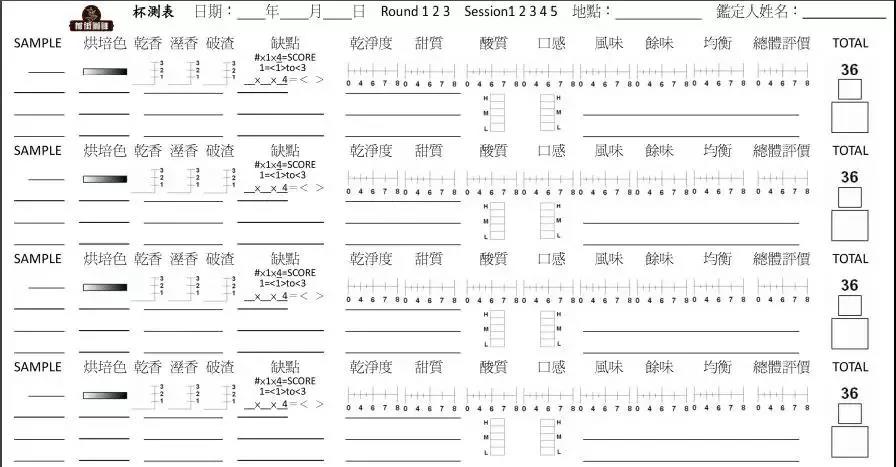
Brazilian Coffee Association (BSCA)
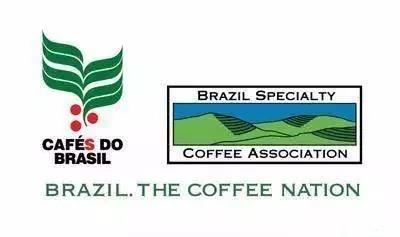
The Brazilian Coffee Association was established in 1991 to improve the quality of extremely hard beans comparable to those at high altitude, and with the assistance of the American Fine Coffee Association, the first Brazilian Coffee Competition (Cup of Excellence) was held in 1999. Over the years, the tester witnessed and coached the international cup, and the flavor gradually reached its peak and was known as the coffee kingdom. Although Brazilian coffee is not as bold and expressive as Brazilians, it is mild, sour and lively, and its refreshing and harmonious flavor can be comparable to that of the hermit in the coffee kingdom.
Raw Bean grading system
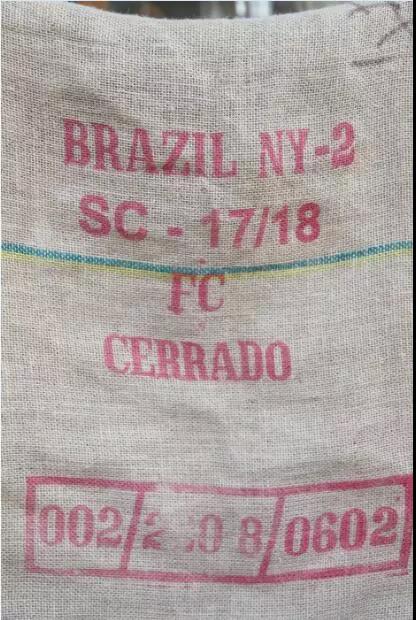
Usually we get the following message on the sack of Brazilian coffee beans: Brazil NY.2 SC-17 Coffee 18 FC
This is a three-stage grading method unique to Brazil, which is not adopted in other countries because the producing area is too large and produces too many beans. In order to prepare the special coffee flavor for export, these coffee beans are often mixed and used. Therefore, in the case of different quality, it is necessary to use "cup test" grading, so that consumers can roughly know the quality of coffee as long as they see the raw bean information.
1. Classification according to defect rate
The evaluation method of Brazilian coffee is "deduction method". According to the number of defective beans per 300g of main beans, there are seven levels from No.2 to No. 8, and if the deduction is less than 4, it can be classified as No.2. Not a single defective bean can certainly be called No.1, but this situation is rare, unable to maintain a certain supply, so Brazil set No.2 as the highest level, not No.1.
two。 Classify according to the size of legume

Number of mesh: this is a screen based on a scale of 64 inches. The size of the screen is usually 14 mi 20. In addition, it should be noted that the size corresponding to the number of items is the short side of the coffee bean, that is, the "width". The largest number of items of coffee beans in Brazil is 19 mesh, but the yield is not much, so the highest grade is 17 white 18 mesh.
NY.2 SC-17/18
NY.2/3 SC-14/16
NY.3/4 DDQuality
NY.4/5 SC-14/16
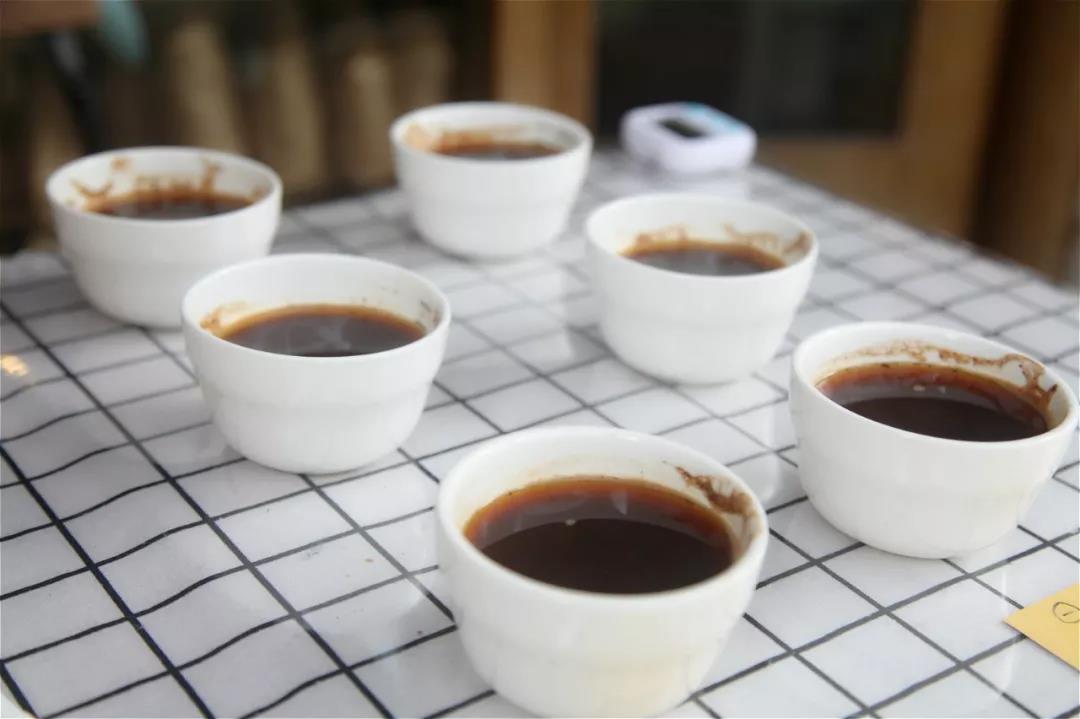
3. Cup test quality
Fine cup
Fine
Good cup
Fair cup
Poor cup
Bad cup
FC (Fine Cup) and GC (Good Cup) are more common.
Many companies or platforms also add messages such as treatment methods (sun / water washing / honey treatment) and manors.
4. Flavor grade
Brazilian coffee beans are classified into five categories according to their flavor levels. They are: Strictly Soft → is very supple, Soft → is very supple, Softish → is a little supple, Hardish → is not palatable, and Rioy → has iodine choking taste. Brazil-Coffee beans are tested by the local coffee association as Strictly Soft Fine Cup (very supple), the best grade.
To sum up, Brazil NY.2SC-17 FC Cerrado 18 means country Brazil, defect rate grade 2, raw bean mesh 17,018 mesh, high quality cup product, produced from Syrador. This is the Brazilian bean recipe we've been using to mix coffee.
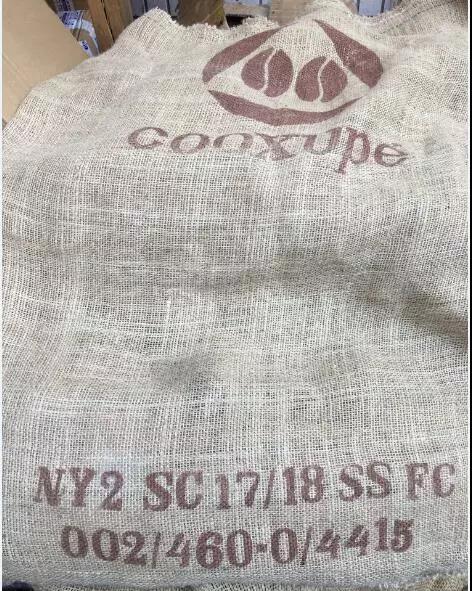
The picture above shows: high-quality coffee with defect rate grade 2, raw bean mesh 17,18mesh and very supple taste.
"Culture"
Brazilians are addicted to caffeine. They pour a strong cup of coffee with an elegant small porcelain cup, coupled with Brazilian-made refined candy bars, to drink sweet and delicious and refreshing. Coffee with hot milk is a traditional breakfast drink throughout Brazil. Brazilians call breakfast "morning coffee" (cafedamanha). Coffee is seen by Brazilians as a source of energy. Coffee should be dark, strong, mellow and delicious, and it is best to add a little more sugar. As the Brazilian folk song says, "Coffee must be as black as the devil, as hot as hell, as pure as an angel, and as sweet as love." When you arrive in Brazil, don't forget to taste the delicious "Coffee Sinio"! Because for most Brazilians, drinking coffee is a habit, a pleasure and a lifelong relationship.
Famous Manor
There are about 220000 coffee plantations in Brazil; it covers an area of about 27000 square kilometers, mainly in the southeastern states of Minas Gerais, Sao Paulo and Parana. Only the tip of the iceberg is listed below.
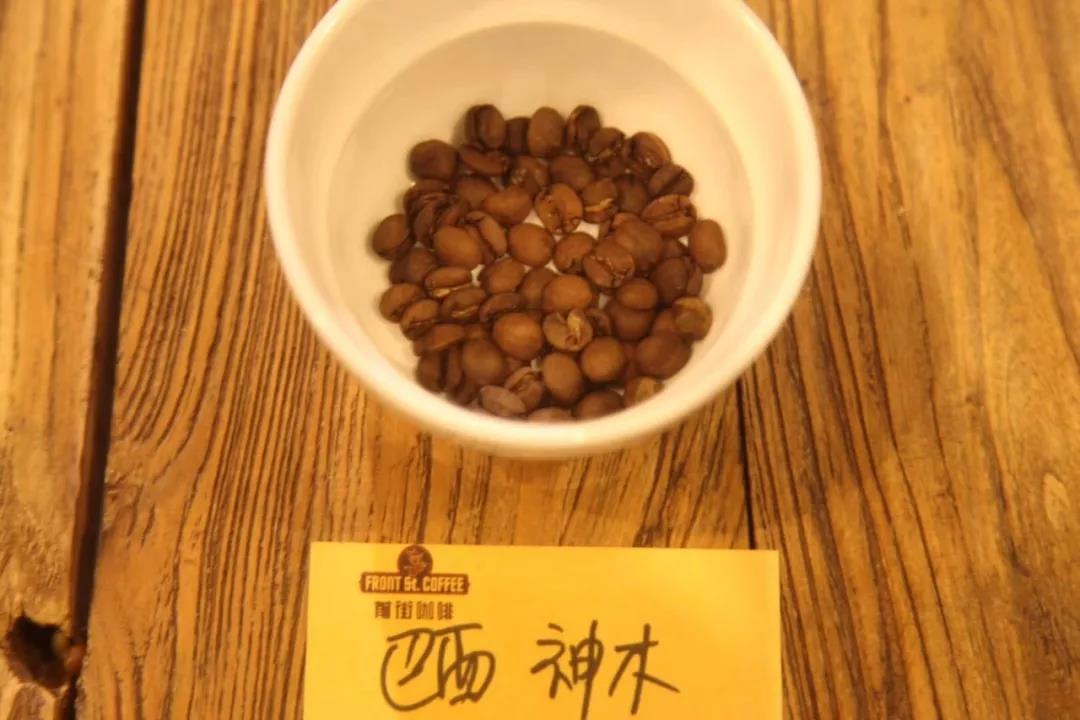
Hope Manor-South Minas
Ipanema Manor-South Minas
Saint-Tain Manor-South Minas
Queen's Manor-Morgiana
Saint Theo / Shenmu Manor-South Minas
Datra Manor-Syrador
Green Gold Manor-Bahia State
Bau Manor-Syrador
St. Jude's Manor-Bahia
Saint Isabel Manor-South Minas
Ilarima Manor-Morgiana
.
Finally, let's take a look at the brewing of our Brazilian Queen's Manor Huang Bourbon.
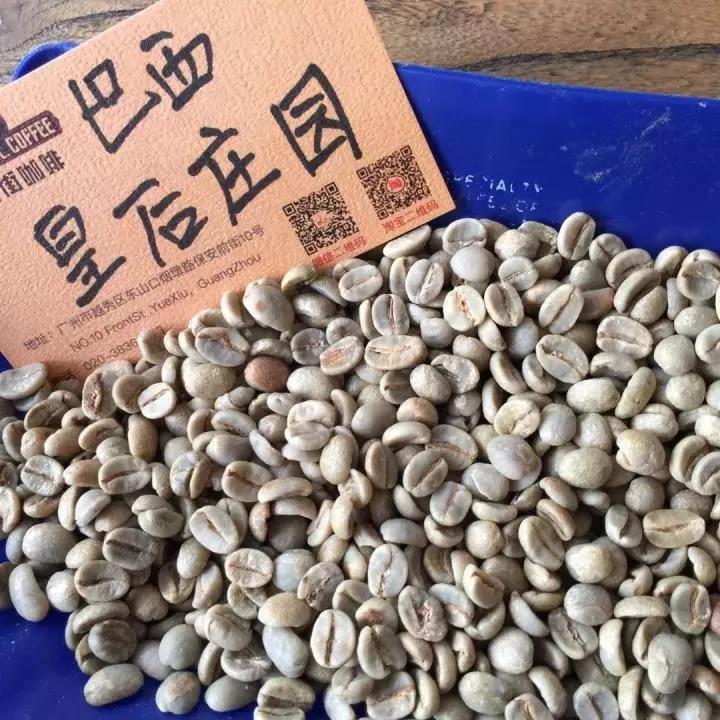
Brazil: s ã o Paulo Sao Paulo state near S ã o Sebasti ã o da Grama
[owner] Regina Helena Mello de Carvalho Dias belongs to the Carvalho Dias family
Yellow bourbon
[treatment] manual extraction, followed by half-sun treatment
[producing area] Morgiana
[altitude] 1400-1950m
[treatment method] solarization
[baking degree] moderate
[flavor] sweet beans, clean, black tea, supple fruit sweetness, nutty flavor, balanced and supple acidity, weak and clean bitterness, rich chocolate aroma and nutty flavor, bright and refreshing taste, smooth and delicate taste.
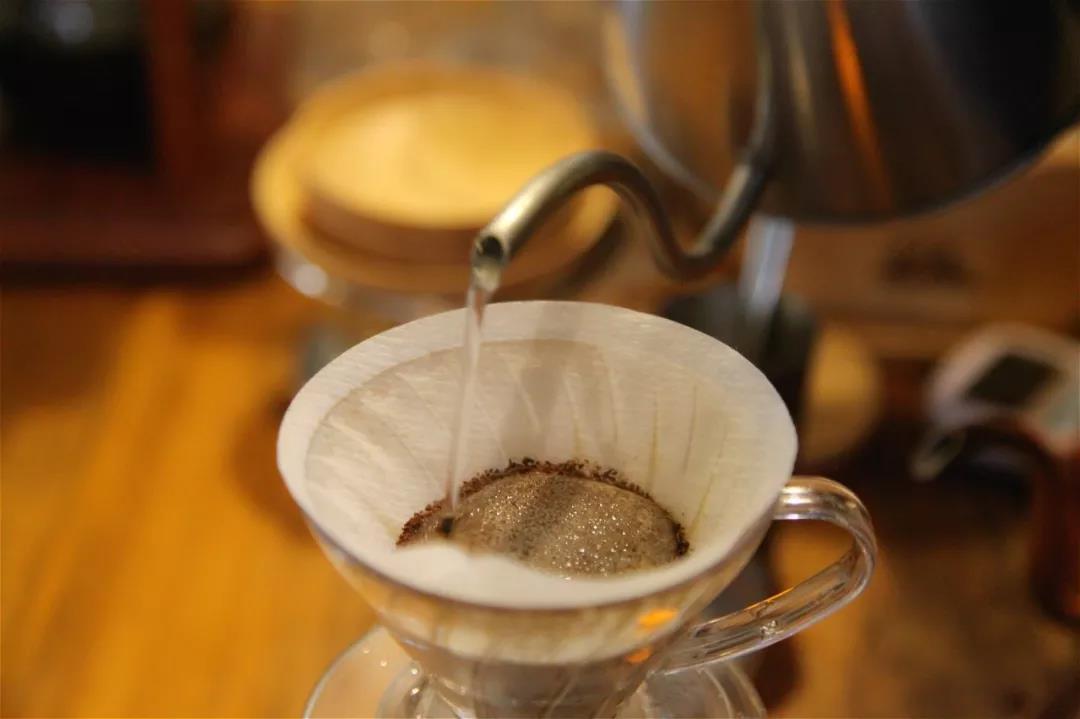
[Manual punching reference parameters]
The Brazilian queen's estate. 15g powder, medium grind (small Fuji ghost tooth 4 grind)
v60 filter cup, 88-89 ℃ water temperature, first injection of 30g water, 30 seconds stewing,
Water was injected to 105g and water was cut off. Water was injected slowly until 225g of water was added. Water to powder ratio was 1:15. Extraction time was 2:00.
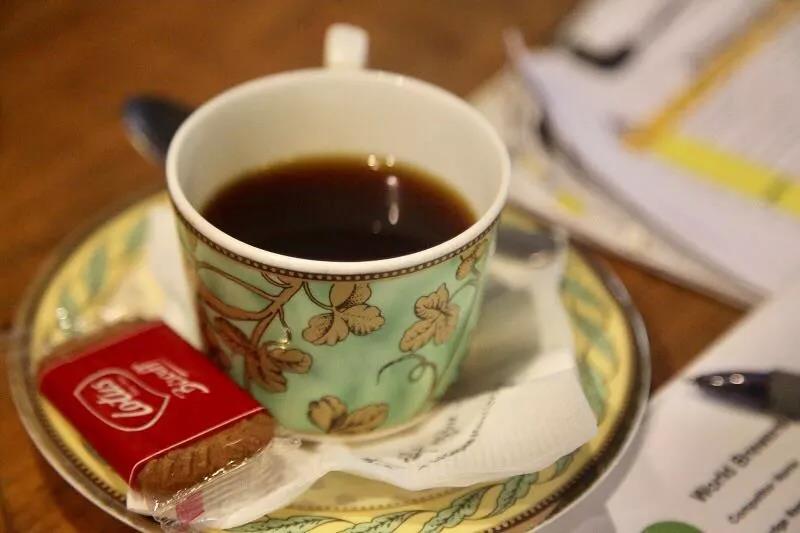
The above is the content of this issue, due to more information, thank you for your patience. Coffee has gone through countless stories from seed to cup. It is not just a drink or commodity, but the lifeblood of millions of coffee farmers. Learning about the history, production and culture of coffee is the best way to learn about coffee as a coffee practitioner and coffee lover. I hope everyone can cherish every cup of coffee in front of us and thank everyone behind it for their efforts ~
Important Notice :
前街咖啡 FrontStreet Coffee has moved to new addredd:
FrontStreet Coffee Address: 315,Donghua East Road,GuangZhou
Tel:020 38364473
- Prev
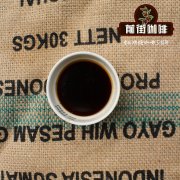
origin plan| What is Plan of Origin Coffee? Fair Trade Coffee Benefits
Professional coffee knowledge exchange More coffee bean information Please pay attention to Coffee Workshop (Weixin Official Accounts cafe_style) Yunnan Coffee Origin Plan_Qianjie Coffee Why choose this most difficult road? The Origin Program is a Search for Raw Bean Source Program founded by the 2015 WBC Champion, international judge SASA SESTIC of the CUP OF EXCELLENCE and his company ONA.
- Next
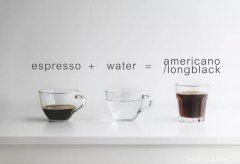
Iced American coffee, de-iced! "No ice. Take the ice and leave half a glass! "
Although iced American coffee is the most common iced coffee, it is not as simple as concentrated + water + ice as you think Why? Because the order is out of order! It has been mentioned before that adding water to concentrate is Americano, adding concentration to water is Long Black, and direct long extraction is called lungo in the United States. According to espresso, there is only one way to make iced American coffee, which is concentrated on ice or on ice.
Related
- Beginners will see the "Coffee pull flower" guide!
- What is the difference between ice blog purified milk and ordinary milk coffee?
- Why is the Philippines the largest producer of crops in Liberia?
- For coffee extraction, should the fine powder be retained?
- How does extracted espresso fill pressed powder? How much strength does it take to press the powder?
- How to make jasmine cold extract coffee? Is the jasmine + latte good?
- Will this little toy really make the coffee taste better? How does Lily Drip affect coffee extraction?
- Will the action of slapping the filter cup also affect coffee extraction?
- What's the difference between powder-to-water ratio and powder-to-liquid ratio?
- What is the Ethiopian local species? What does it have to do with Heirloom native species?

